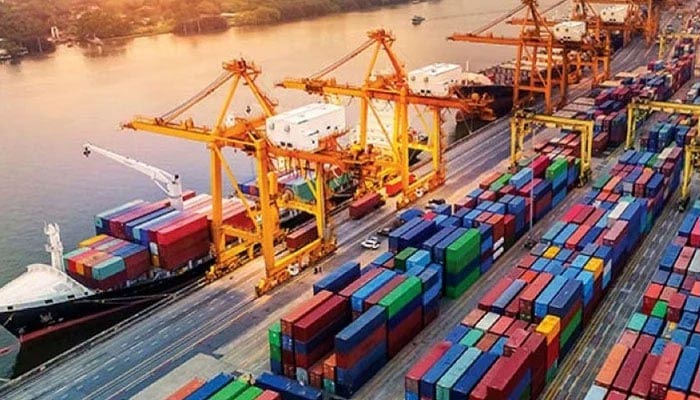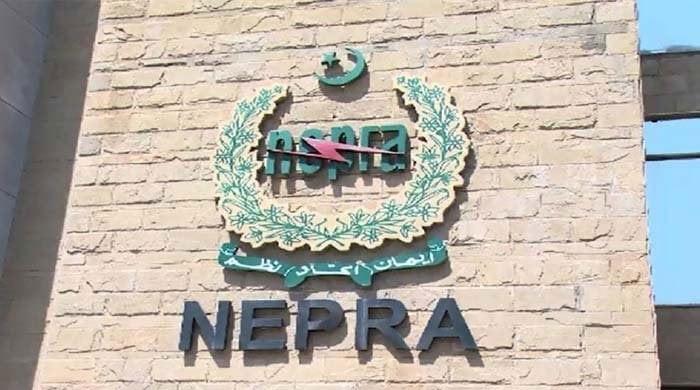Trade deficit narrows to $17.13bn as imports dip
Foreign reserves have fallen to as low as $5.82 billion, barely enough to cover a month of imports
January 04, 2023

- Import-export gap recorded at $25.44bn in FY22.
- Imports in July-December period shrank by 22.63%.
- Exports were down 16.64% in Dec 22.
ISLAMABAD: Pakistan’s trade deficit shrinks 32.65% to $17.13 billion in the first half of the current fiscal, as imports of non-essentials and other goods were slowed down by over a fifth as compared to last year. This import-export gap was recorded at $25.44 billion in the same period of FY22.
Imports in the July-December period shrank by 22.63% to $31.38 billion from $40.56 billion in the same period last year. Likewise, exports were also down by 5.79% to $14.25 billion against $15.125 billion in the same period last year, the Pakistan Bureau of Statistics (PBS) monthly trade bulletin said on Tuesday.
In December 2022, exports were down 16.64% to $2.3 billion from $2.76 billion in the same month a year ago, while imports dropped 31.9% to $5.16 billion from $7.58 billion in December 2021. The trade deficit during the month narrowed down 40.7% to $2.86 billion from $4.82 billion in the same month last year.
Comparing monthly trade performance with the previous month (November), goods exports in December 2022 fell 3.64% from $2.39 billion in the previous month. Similarly, imports are also down 0.4% from November’s imports of $5.18 billion.
The six-month average exports were $2.37 billion against the last fiscal’s monthly average of $2.65 billion, indicating that at the end of FY23, the economy may considerably lag behind even reaching last year’s total exports of $31.79 billion.
However, the average monthly imports during July-December of FY23 were at $5.23 billion, whereas FY22’s average was $6.68 billion.
It is to be noted that in the last fiscal (FY22), the economy accumulated a historic high trade deficit of $48.38 billion, recording above 31% increase over the previous year.
The government, in May last, banned the import of all non-essential luxury goods in a bid to stabilise the economy as the current account deficit has spiralled out of control and foreign exchange reserves have tumbled while the rupee has plummeted to historic lows against the US dollar.
Though the country lifted the import ban on luxury goods in August, such items were heavily taxed to curtain the outflow of dollars.
The country’s foreign reserves have fallen to as low as $5.82 billion, barely enough to cover a month of imports.
Originally published in The News











